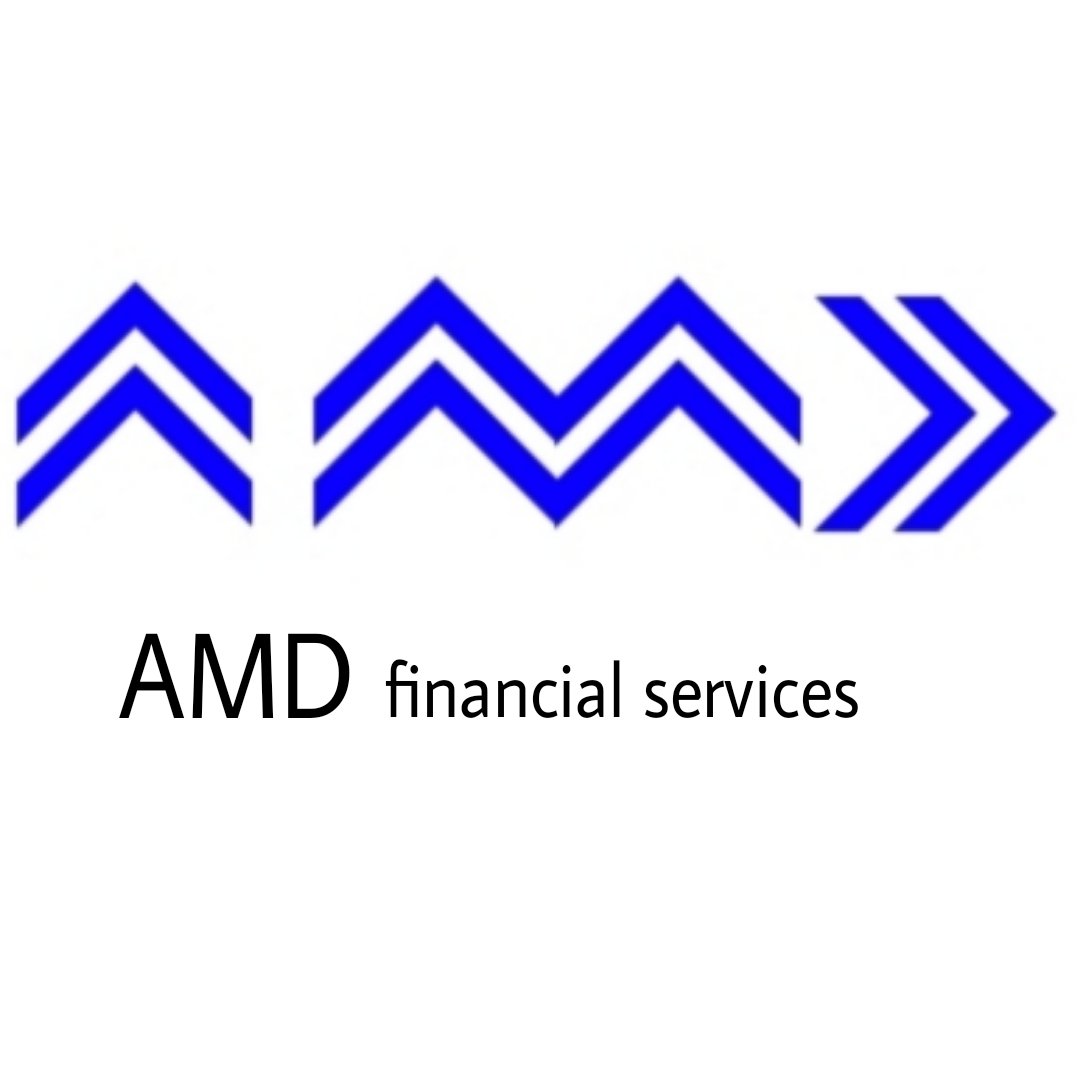Introduction
In this inaugural article, I was unsure what topic to tackle, considering this publication’s audience forms a niche market of experienced and knowledgeable professionals who have a keen eye for the trends and challenges that shape the financial landscape.
Enter my colleague. He respectfully calls me his “mentor”, buts that’s a story for another day. He tweeted (or is it X’ing now) about “country specific risk” of African securities, from whence my ‘Eureka’ moment came. So here we are… Voila!
African securities, at least those listed on African stock exchanges, such as the Johannesburg Stock Exchange (JSE), the Nigerian Stock Exchange (NSE), or the Nairobi Securities Exchange (NSE), include bonds, equities and derivatives. As these financial instruments, like any other, represent claims on the assets or income of African issuers, such as governments, corporations, or financial institutions, it means they come with inherent Africa specific risks which impacts how investors and traders project their future value. Thus impacting profit making opportunities.
The process
So when working with African securities Risk Pricing, the process of determining the fair value of a security by incorporating the risk premium that investors demand for holding it, should be incorporated by any investor or trader worth their salt, as risk premium is the excess return that investors expect over the risk-free rate for investing in a risky asset.
Risk pricing can be done using various models, such as the capital asset pricing model (CAPM), the arbitrage pricing theory (APT), or the Fama-French three-factor model. But we will get to that in a bit.
For now we discuss forward pricing. This is the process of determining the delivery price of a security at a future date based on the current spot price and the carrying costs, such as interest, storage, or opportunity costs. Anywhere else in the world this is a daunting and uniquely risky exercise with very few Investment Officers even willing to discuss it. But for Africa, well, I am ready to listen to comments from those who have participated in it lately.
I know younger investment functionaries nowadays are pampered with software systems that simplify forward pricing and other trading analysis matters much, like G2 Pricing Software, Pricefx, Vendavo and others. These platforms compares and reviews various pricing solutions based on user ratings, features, pricing, and integrations. Users can filter the software by category, such as financial services, securities, or derivatives, and see the pros and cons of each option.
For some of us, who were already in the trenches leading to the phantom Y2K computers bug of year 2000, we know that every business then had to work with manual calculations while all machines were being made “compliant.” And just for kicks I’ll share the formula we used as we scribbled away on notepads as we called in trade executions and exits. Mind you the Zimbabwe Stock Exchange began digitising to an automated trading system (ATS) only in 2015 as they replaced that manual call-over system:
F0 = S0 x erT
Where F0 is the forward price, S0 is the spot price, e is the mathematical constant, r is the risk-free rate, and T is the time to maturity.
This formula assumes that the security does not pay any dividends or coupons during the holding period, and that the risk-free rate is constant and known. If the security pays dividends or coupons, the formula needs to be adjusted by subtracting the present value of these cash flows from the spot price. If the risk-free rate is variable or uncertain, the formula needs to be adjusted by using the forward rate instead of the spot rate.
Risk pricing of African securities
Back to the subject matter at hand and the three models referred above of CAPM, APT and Fama-French three-factor model.
The CAPM is one of the most widely used models for risk pricing. It assumes that the expected return of a security is equal to the risk-free rate plus a beta-adjusted market risk premium.
The beta measures the sensitivity of a security’s return to the market return. Therein the market risk premium will be measuring the excess return that investors expect from investing in the market portfolio over the risk-free rate. Back to manual computation again… my default…, The CAPM can be expressed as follows:
E(Ri) = Rf + βi(E(Rm)−Rf)
Where E(Ri) is the expected return of security i , Rf is the risk-free rate, βi is the beta of security i , E(Rm) is the expected return of the market portfolio.
The second model for risk pricing I alluded to is the APT, which assumes that the expected return of a security is equal to a linear combination of various factors that affect its return. The factors can include macroeconomic variables, such as inflation, growth, interest rates, etc., or market-specific variables, such as industry performance, size, value, etc. The APT can be expressed as follows:
n
E(Ri) = Rf + ∑ = βij Fj
J=1
Where E(Ri) is the expected return of security i , Rf is the risk-free rate, βij is the sensitivity of security i to factor j , Fj is the factor premium for factor j , and n is the number of factors.
The third model for risk pricing that I spoke of earlier, and my personal favourite young man, as I know you will get to read this and instantly know I am speaking to you (and your peers of course), is the Fama-French three-factor model, which extends the CAPM by adding two additional factors: the size factor and the value factor.
The size factor captures the difference in returns between small-cap and large-cap stocks, while the value factor captures the difference in returns between high book-to-market and low book-to-market stocks. The Fama-French three-factor model can be expressed as follows:
E(Ri) = Rf + βi (E(Rm)−Rf) + siE(SMB) + hiE(HML)
Where E(Ri) is the expected return of security i , Rf is the risk-free rate, βi is the beta of security i , E(Rm) is the expected return of the market portfolio, si is the size loading of security i , E(SMB) is the expected return of the size factor, hi is the value loading of security i , and E(HML) is the expected return of the value factor.
Application to African securities
To apply these models to African securities, we need to estimate the parameters and inputs for each model, such as the risk-free rate, the market return, the betas, the factor premiums, etc. These estimates can be based on historical data or forecasts, and may vary depending on the data source, the time period, the frequency, the methodology, and other factors.
This is where I earlier said for African landscape it becomes dicey as we need to be careful and consistent when choosing and using these estimates. But what is a “dependable data source” for African tickers? “African Markets” site? Bloomberg? Africa PE News? Do they use Africa specific modelling to price in risk or use the standard Eurocentric accepted modelling? African securities investors, please indulge me . . .
In our manual days, we estimated the factor premiums for African securities by calculating the average returns of portfolios that capture the size and value effects in a given market using personally accumulated monthly data for the past five years. The best traders were known to keep the cleanest of these records.
Conclusion
In this article, we have discussed methods of projecting the future value of African securities: risk pricing and forward pricing. It is acknowledged that risk pricing is based on the principle that investors require a higher return for taking a higher risk, and therefore the future value of a security is determined by its expected cash flows and its risk premium.
Forward pricing, meanwhile, is based on the principle that investors can lock in a future price of a security by entering into a forward contract, and therefore the future value of a security is determined by its spot price, the risk-free rate, and the time to maturity.
We have also explained how these methods can be applied to different types of securities, such as bonds, equities, and derivatives, with a few formulas shared, even though it is common knowledge that hardly any investor is scribbling calculations any more with the advent of software packages and real time digitised data.
We have also acknowledged that risk pricing in methods are not perfect and face even more challenges in the African context like the lack of reliable and consistent data on risk factors, the difficulty of estimating the risk premium, the sensitivity of the results to model assumptions, and the possibility of market inefficiencies or anomalies.
As for forward pricing, the challenges are the lack of liquid and transparent forward markets, the uncertainty of future spot prices, the variability of the risk-free rate, and the regulatory or legal constraints (again, a story for another day). Therefore, I suggested that investors should not rely solely on these quantitative methods, but also use other tools and techniques, such as qualitative analysis, scenario analysis, sensitivity analysis, diversification, and risk management, to enhance their projections and decisions in the African securities market.
I pray, to my mentee especially, that I activated you to think more broadly on the topic of pricing in risk. Yet only today I noted he again provoked a potential article in the near future by asking if we should now seriously consider United States Dollar risk in the advent of Fitch downgrading the US Sovereign Debt from AAA to AA. We will see.
For the coming week I plan to start including local markets performance commentary and may even see if we can highlighting specific securities for analysis. I know for certain that the Zimbabwe Mercantile Exchange performance during the preceding week will form part of that commentary.
And that brings to a close what I hope to be a first of many in this publication.
Happy investing.


